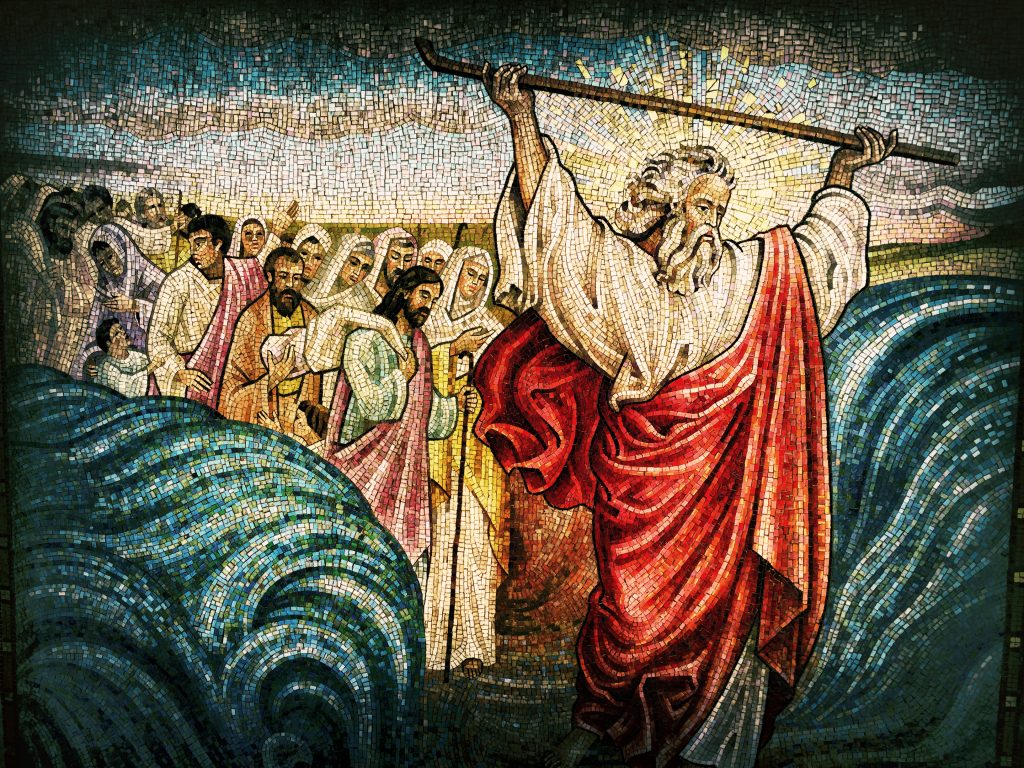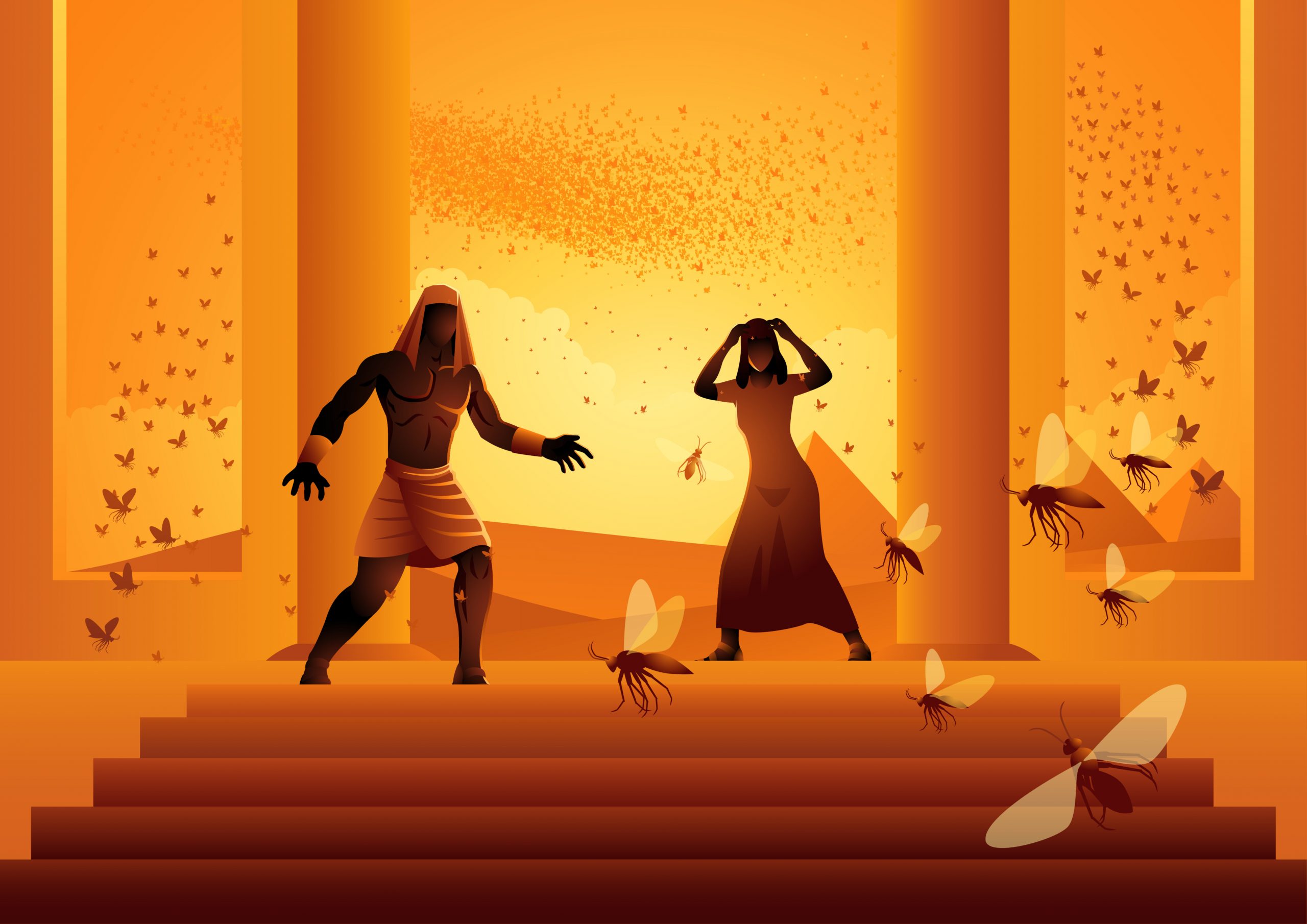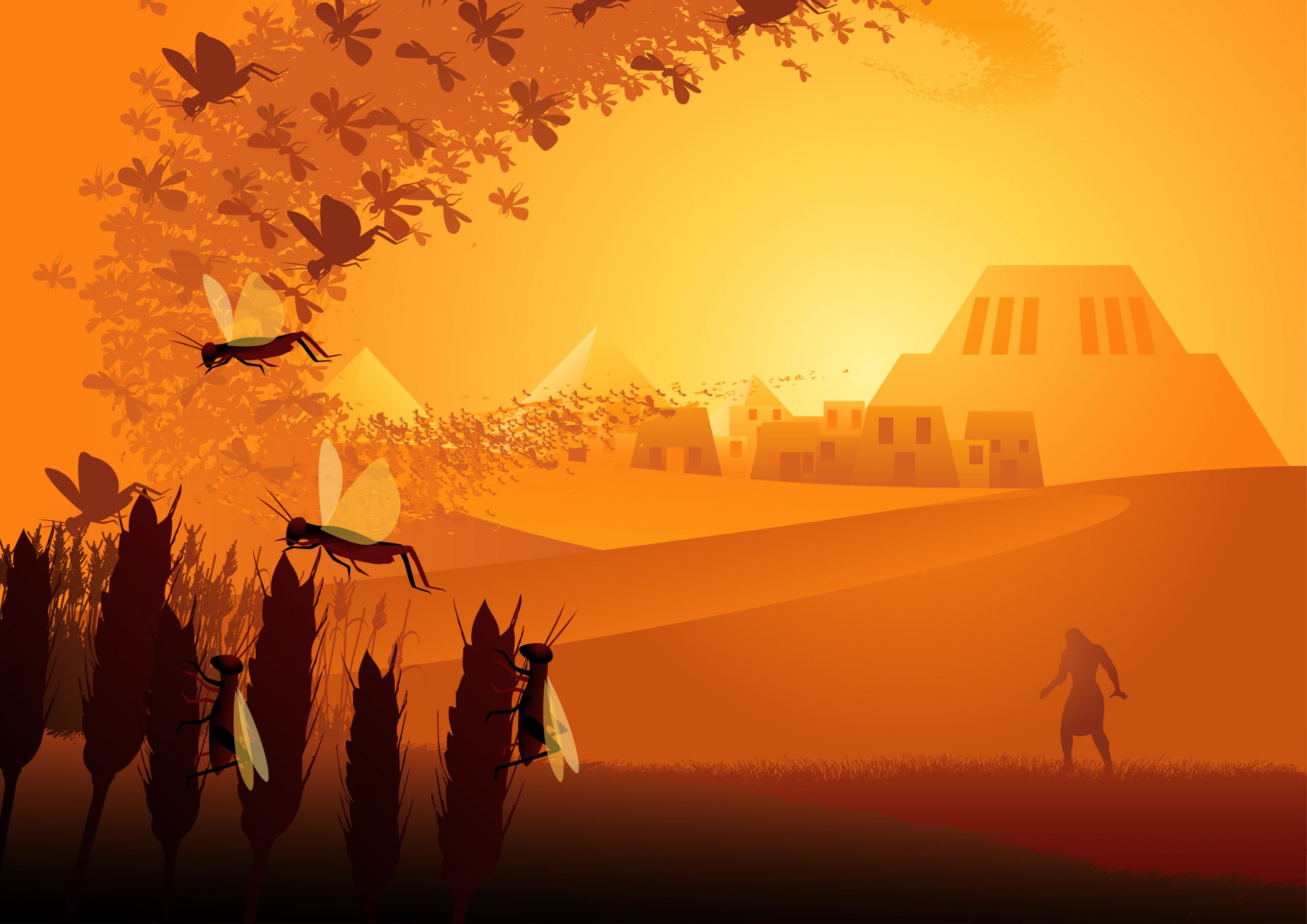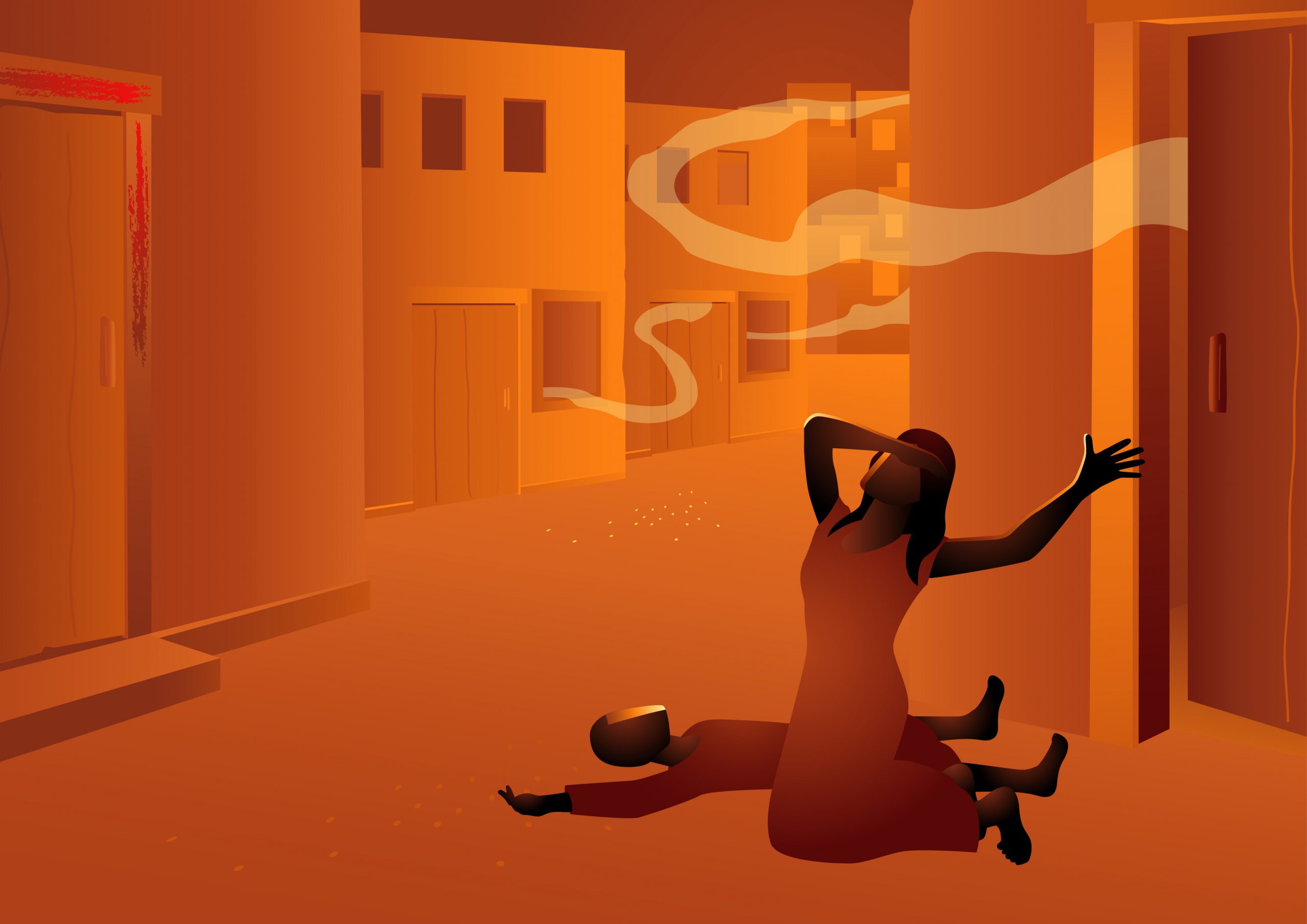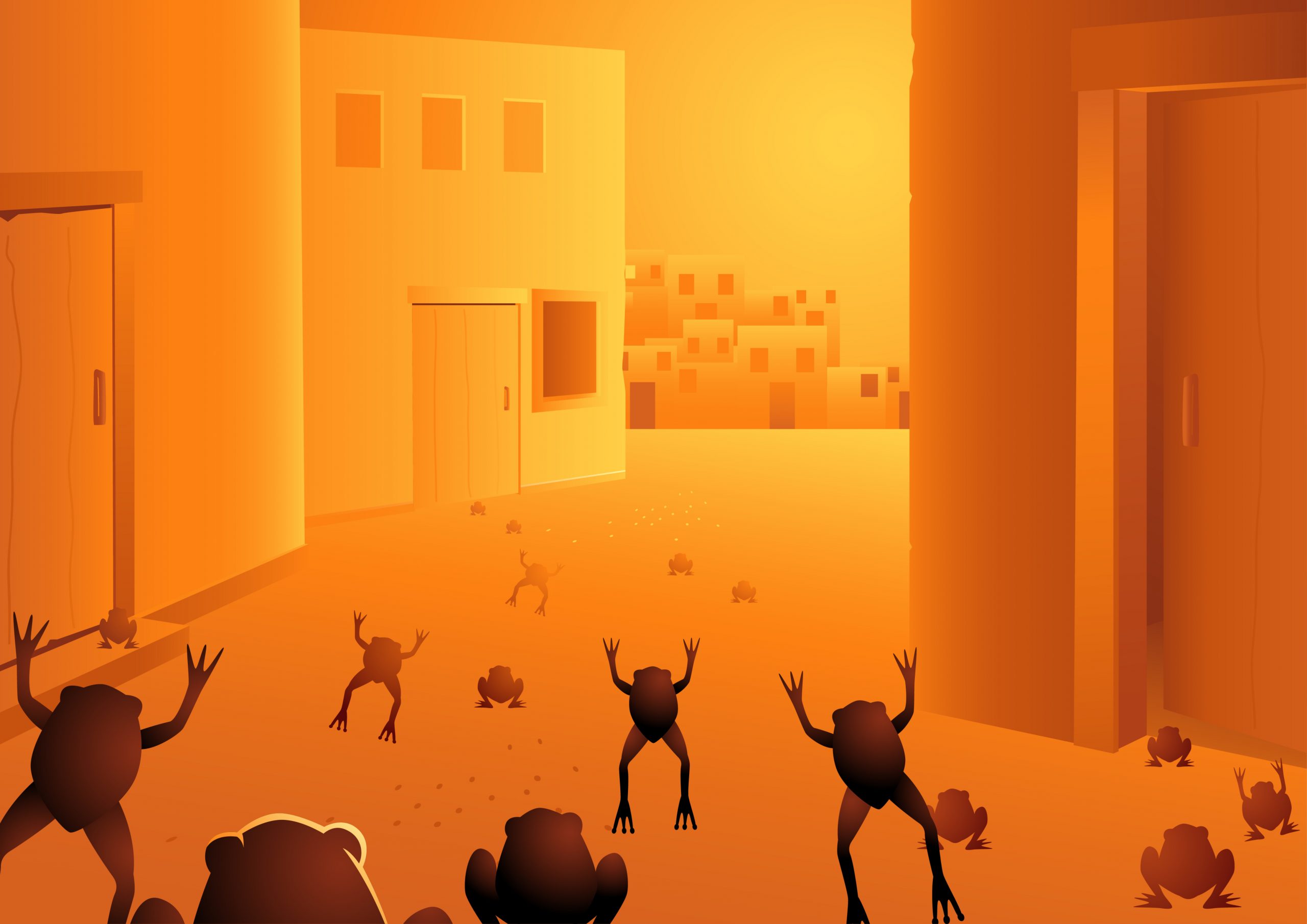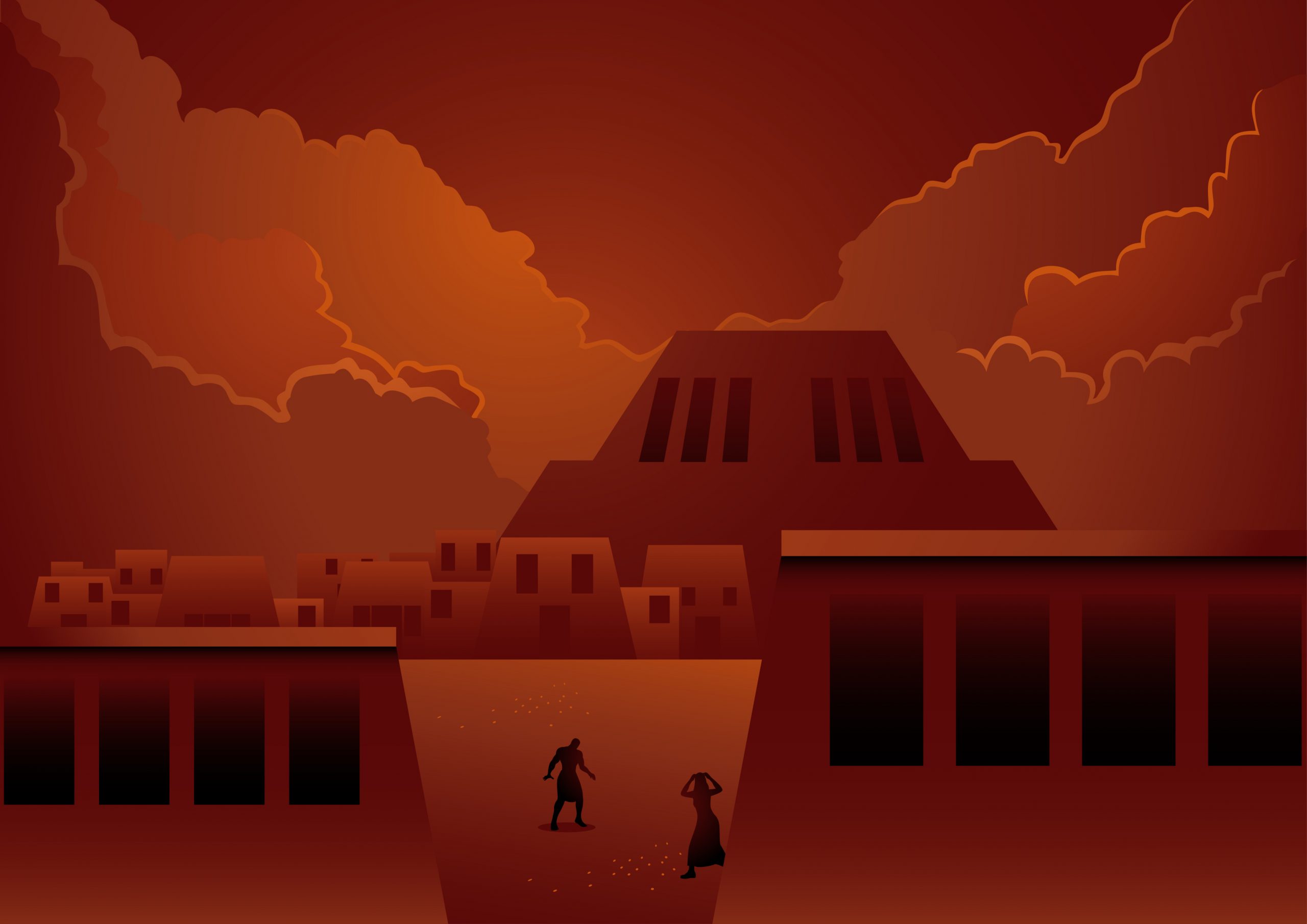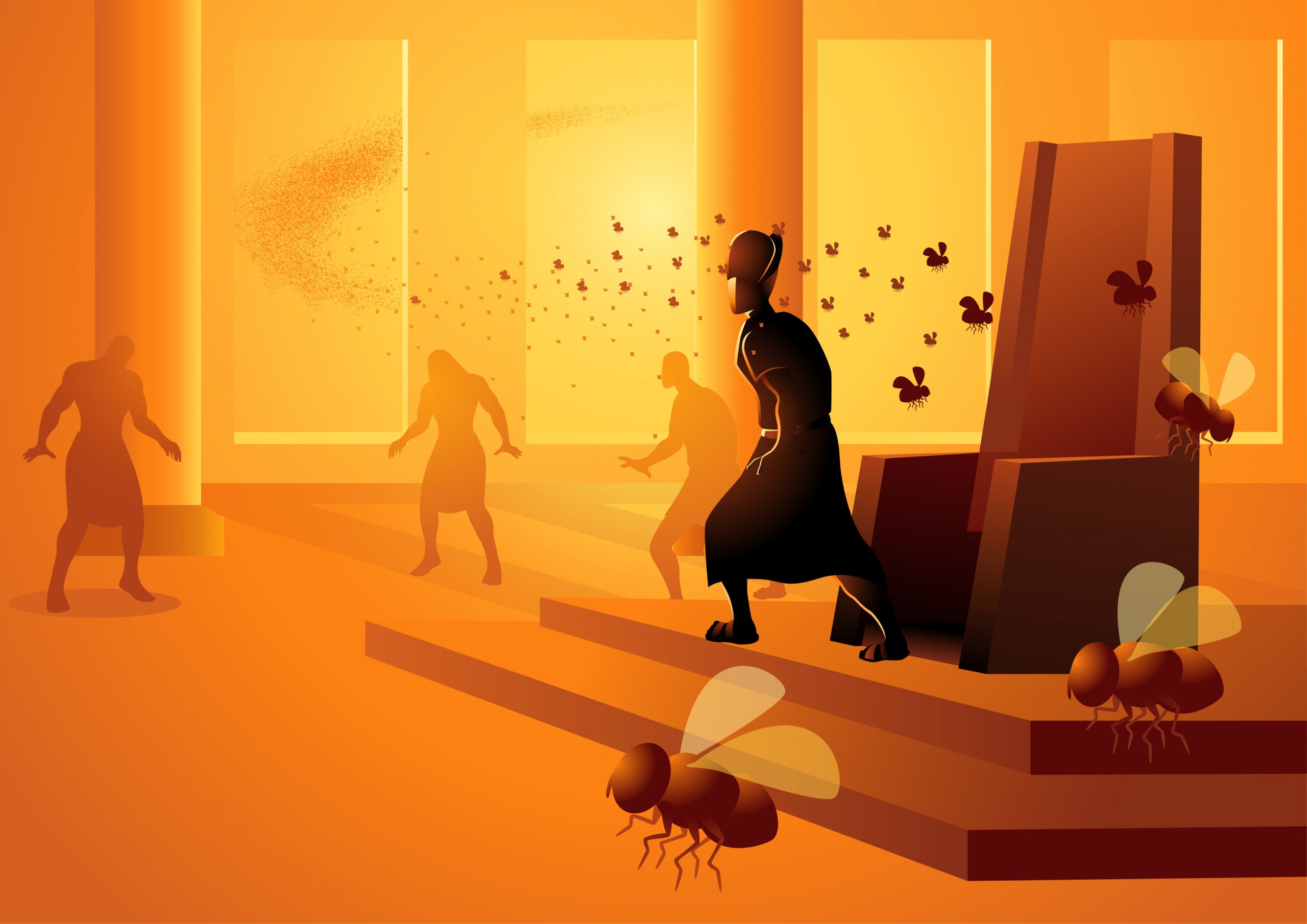Jewish Passover – Pesach
When Jesus rode into Jerusalem on Palm Sunday, he and his disciples were on their way to celebrate the Jewish Passover, Pesach. Pesach is the Jewish Passover, and commemorates the time when the Israelites were slaves in Egypt under the Pharaoh.

The Story of Moses
In the Book of Genesis in the Old Testament of the Bible, we read about the Israelites being welcomed into Egypt. After many moved, the Pharaoh, who was an Egyptian king, became concerned that there were too many Israelites there. Therefore, the Israelites were made slaves and the Pharaoh decided that all male children who were born should be killed. The mother of a boy called Moses did not want her child to be killed. So, she put him in a basket and placed the basket on the River Nile. She hoped that someone would find him and take good care of him. It was the Pharaoh’s daughter who found Moses in the basket on the River Nile. She took good care of Moses and Moses grew up in the Pharaoh’s family.
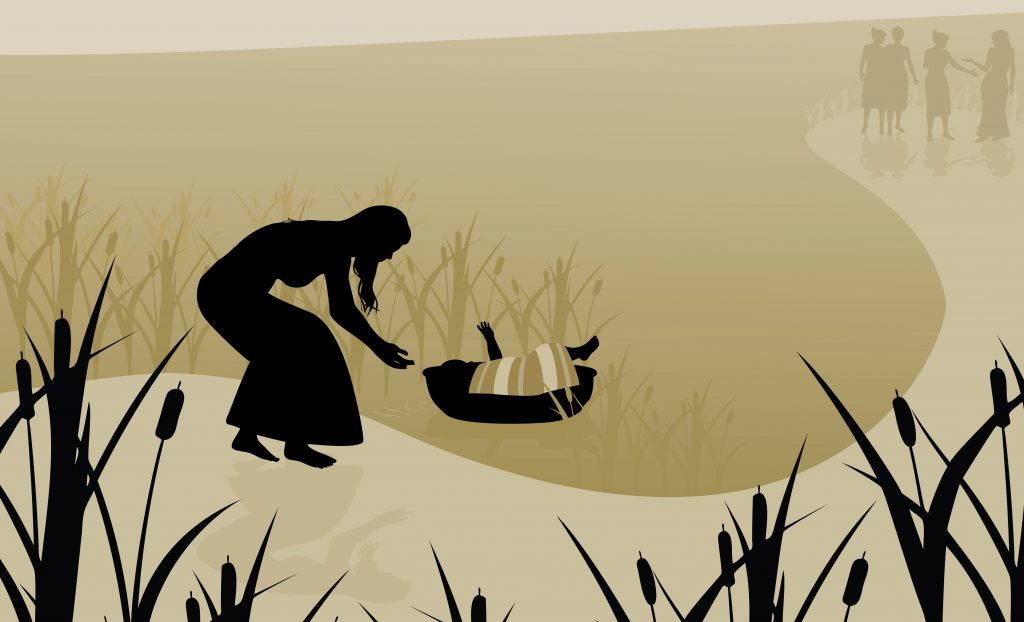
When Moses grew up, God appeared to Moses in a burning bush. God told him that he would help the slaves in Egypt, and that Moses was actually an Israelite. It was his people who were suffering under the slavery of the man he now called father. God told Moses that Moses should ask the Pharaoh to release the slaves. Moses was to lead the Israelites out of Egypt and into another land called the land of Canaan.
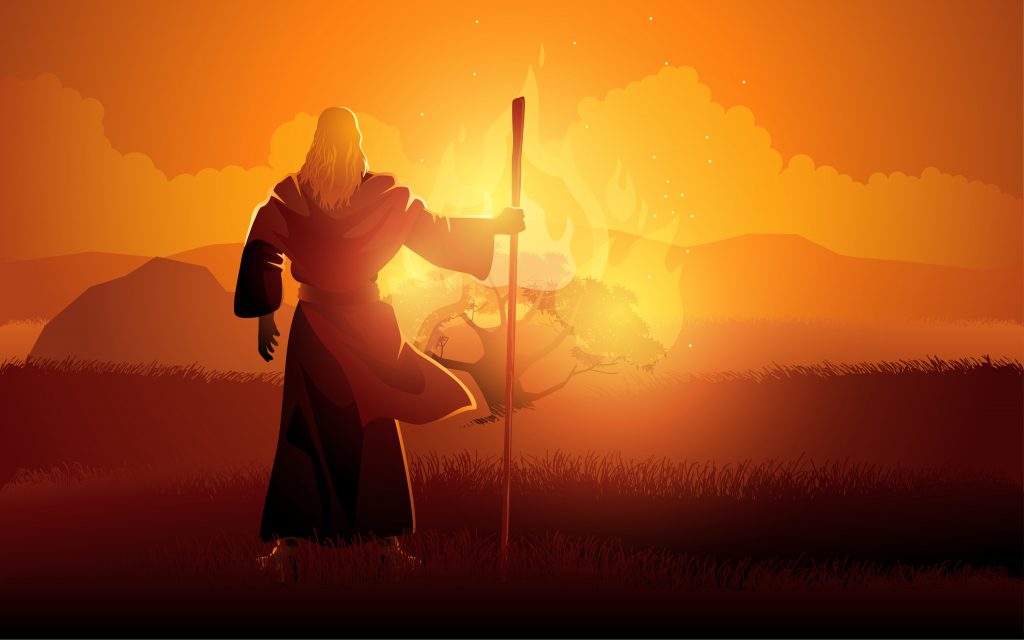
The Ten Plagues and the First Easter
Moses went to the Pharaoh to get him to let the Israelites go, but the Pharaoh refused. Then God sent ten plagues on Egypt. Examples of the plagues included disease, darkness, and locusts. Finally, the worst plague of all came. God sent an angel of the Lord who went through the streets of the city and killed all the firstborn in every family.
The Israelites had received a warning from God through Moses in advance. They were therefore able to save themselves from the angel of death by slaughtering a lamb and smearing its blood on the door frame. The angel passed over the houses with blood on the door frames, but he entered all the other houses. To stop this tenth plague, the Pharaoh had to give the Israelites permission to leave Egypt. It is this event that forms the background to the Jewish Passover.

How do Jews celebrate Passover?
On the first evening of the holiday of Pesach, the Jewish Passover, Jews eat a meal called the Seder meal. The meal is supposed to remind Jews of the emigration from Egypt. The meal begins with a blessing of the wine. At the beginning of the meal, Jews light a candle, which they call the Sabbath candle.

The Seder Plate is a plate with various small dishes that have a special significance and meaning.
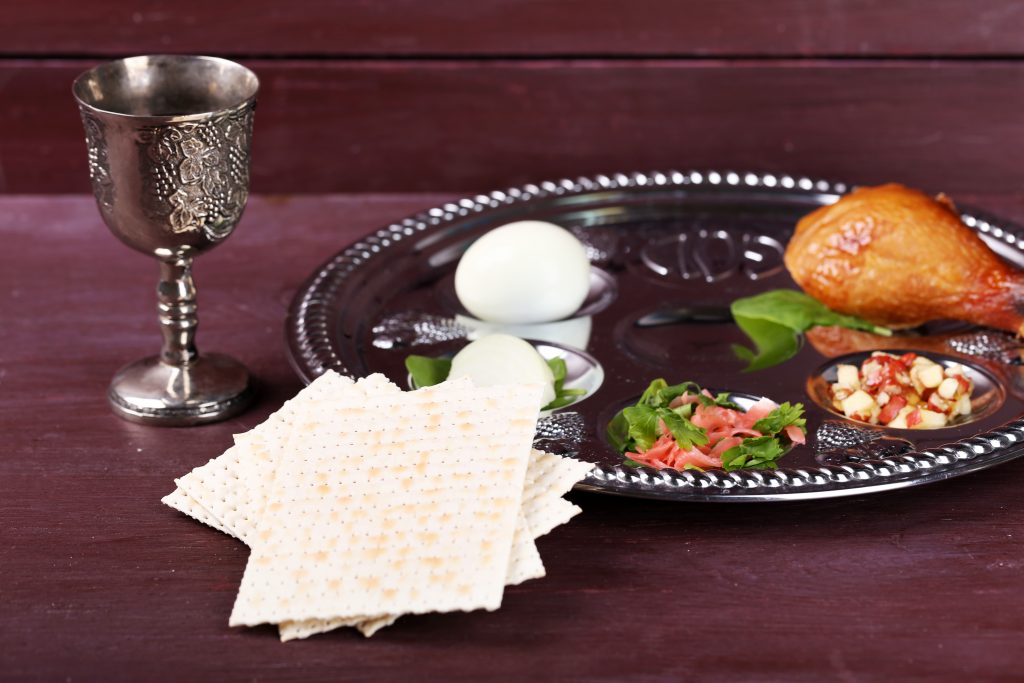
- Matzah is a bread that has not risen. It is a flat bread. When the Jews had to flee from Egypt, they did not have time to let their bread rise.
- Charoset is a mixture of apple, wine, and nuts. It is supposed to represent the mortar mixture that the Jews used when they were slaves and had to build for the Egyptians.
- Zroah/Zeroa is the bone of a leg of lamb, a chicken wing, or a chicken neck. This food is supposed to be a symbol of the sacrificial lamb that the Jews, according to the Book of Exodus, were required to slaughter and eat just before their escape from Egypt.
- Chazeret are bitter herbs or lettuce that recall the bitter memories of Egypt.
- Beitzah is a hard-boiled egg that symbolizes the holiday offering that, in addition to the Pesach offering, was carried to the Temple.
- Karpas is parsley dipped in salt water, so that the water resembles tears. This is supposed to be a reminder of the tears that the Jews shed when they were slaves in Egypt.
- Salt water symbolizes the tears of the Jews, in which parsley and eggs are dipped.
The sequence of events for the Seder is written in a book called the Haggadah. The Haggadah contains, among other things, the story of the Jews’ slavery and exodus from Egypt. It also contains stories and explanations of how the Seder meal on the first night of Pesach should be performed.
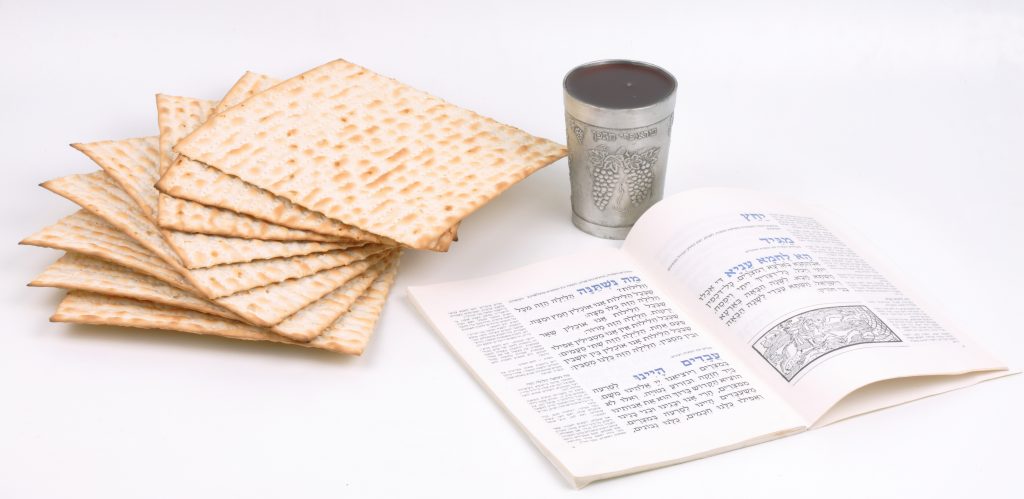
The celebration of the Seder meal is both somber and joyful. The Jews are supposed to remember the bad times in Egypt, but also rejoice that they were able to escape from slavery.
